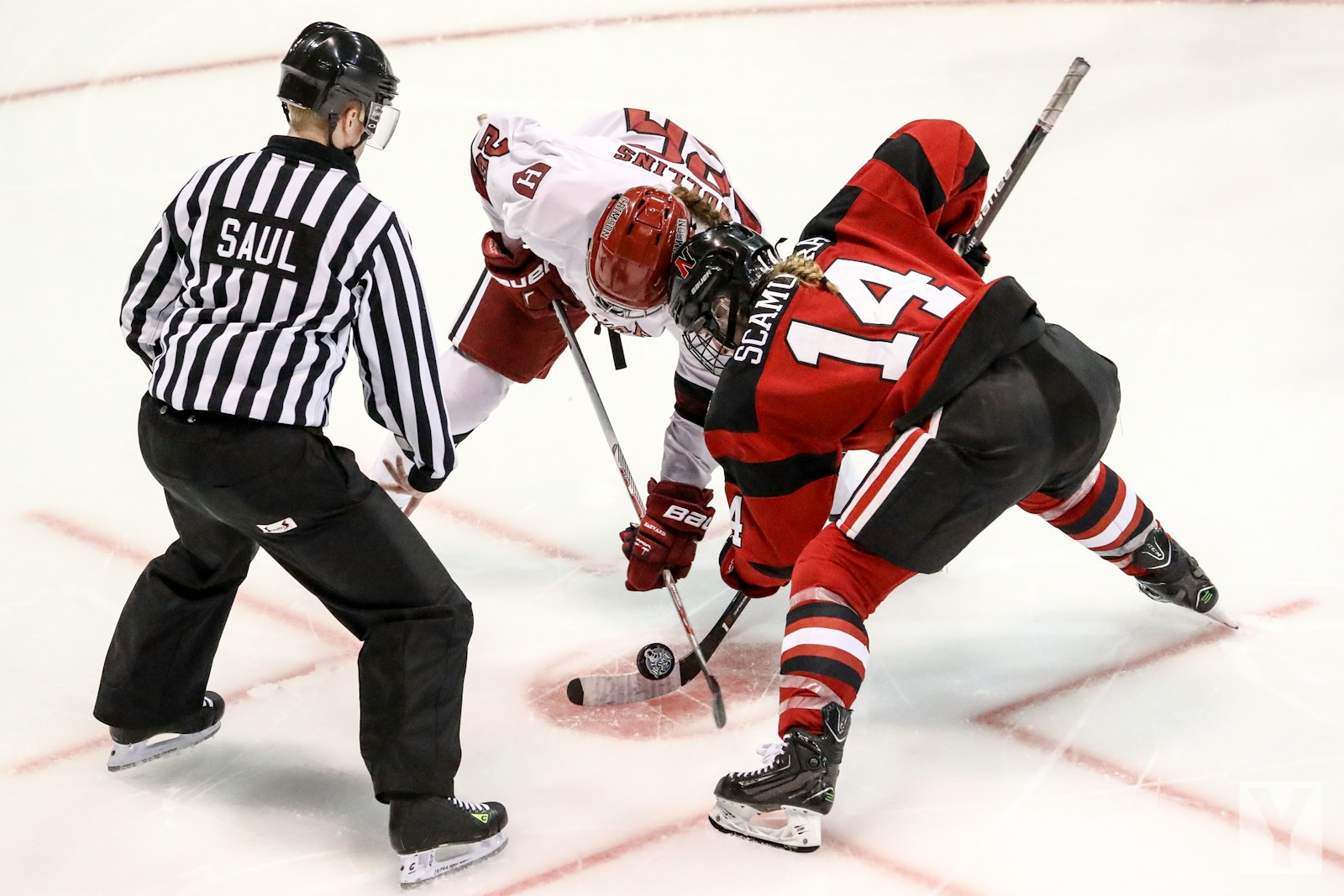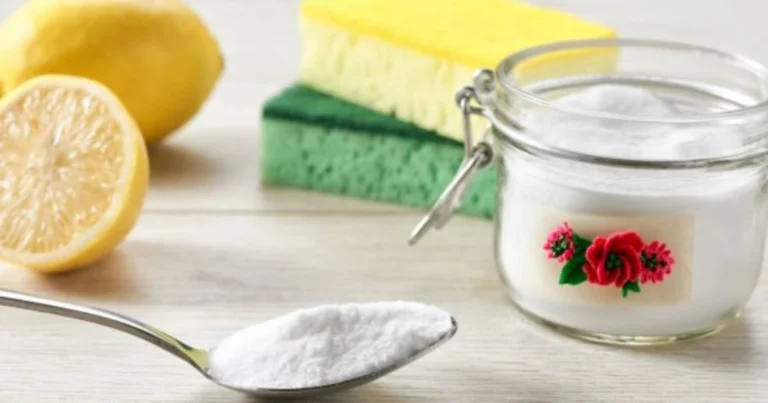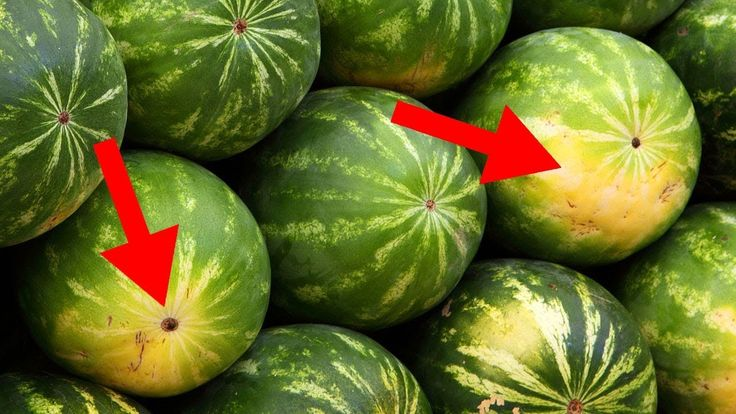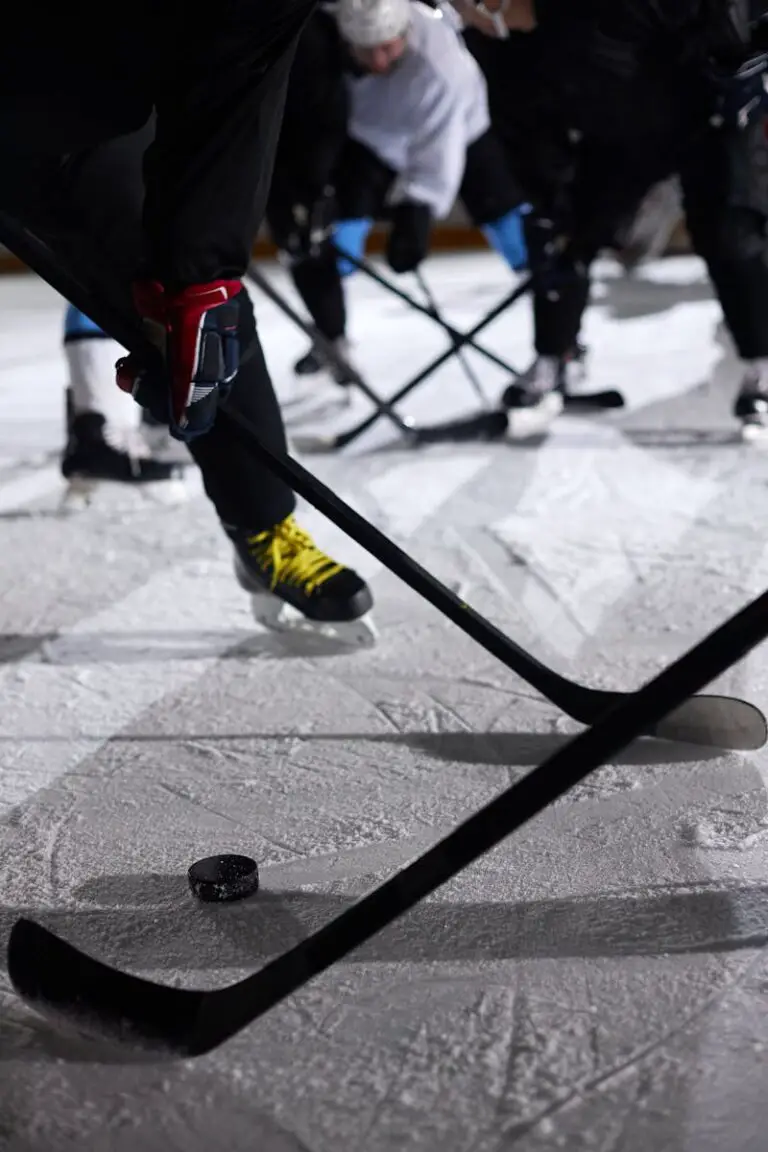How Temperature Affects the Performance of Hockey Pucks
For hockey enthusiasts, the glide of a puck on the rink is a thing of beauty, a ballet of frozen water and specially designed rubber that seems effortless and graceful. Yet, for as elegant as it may appear, the performance of a hockey puck is reliant on a multitude of factors, one of the most significant being temperature. In this comprehensive exploration, we’ll dissect the subtle yet powerful effects of temperature and its influence on various metrics of puck performance.
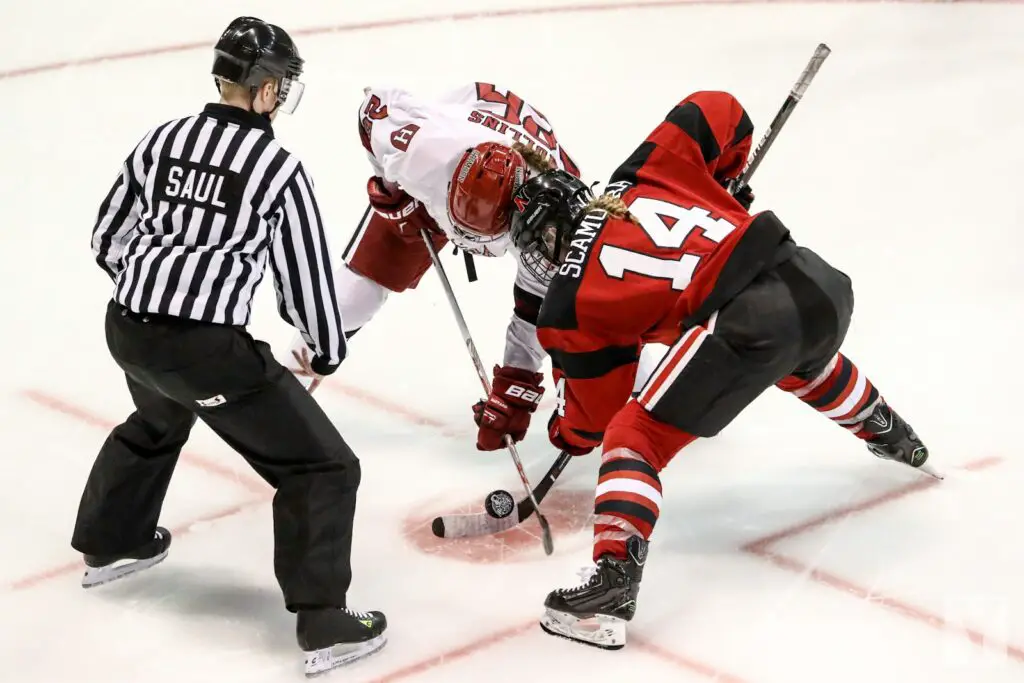
Understanding the Impact of Temperature on Hockey Pucks
Hockey enthusiasts recognize that the feel of a game can change dramatically with the seasons. A puck on the ice in a tournament in Canada, for example, won’t behave the same as one in an arena in Florida. But why does this happen?
Changes in Bounce, Glide, and Durability
The humble hockey puck is not just a dense piece of rubber; it’s a carefully engineered piece of equipment designed for balance and performance. However, when the temperature drops or rises significantly, the structure of the puck changes. A warmer puck will be more prone to bouncing, while a colder puck may seem to ‘stick’ to the surface more, affecting glide. In terms of durability, external temperature can cause the rubber to harden or soften, influencing how it copes with the physical demands of the game.
Scientific Explanation Behind Temperature Effects on Materials
Knowing that the temperature alters the puck’s behavior is one thing, but understanding why is quite another. The explanation lies in the molecular structure of the puck’s rubber material. Raise the temperature, and the kinetic energy of the molecules increases, leading to expansion and a change in elasticity. Lower the temperature, and molecular movement slows, contracting the rubber and reducing its give.
Real-World Examples
Teams and players who are seasoned in changing climates understand how temperature can be the hidden factor in a game’s outcome. Consider the 2011 NHL Winter Classic, where the game-time temperature at Pittsburgh’s Heinz Field was a balmy 51 degrees Fahrenheit. This might seem like ideal hockey weather, yet it significantly altered the pucks’ performance, leading to numerous players commenting on the unusual glide and feel of the game.
Adjusting Strategies for Different Temperatures
Adaptation is key when facing variable conditions, and the same applies to hockey when temperatures fluctuate.
Tips for Players, Coaches, and Equipment Managers
Players need to remain flexible, both in their approach to the game and in their physical movements to account for changing puck behavior. Coaches can work with players to adjust their game strategy, perhaps favoring a tighter, more controlled style over the wide-open play often seen with a fast puck on a colder day. Meanwhile, equipment managers should be prepared to adjust the pucks they have in rotation during a game to ensure the team is using a consistent product.
Techniques to Adapt Gameplay Based on Temperature Conditions
Players can adapt by being observant and quickly noting any changes in the puck’s behavior. When the puck bounces a little more or doesn’t seem to move as freely, a softer touch and closer attention to stick-to-puck contact can compensate for the altered performance.
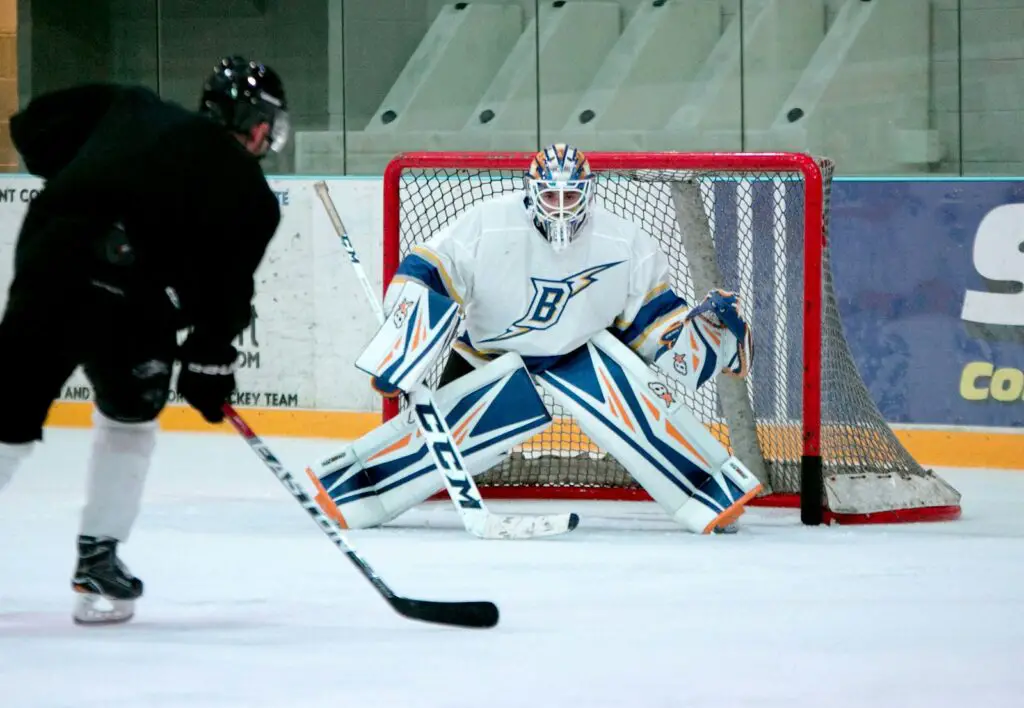
Enhancing Performance through Temperature Optimization
Equipment technology is always evolving, and the same is true for the hockey puck.
Innovations in Puck Design for Varying Temperature Environments
Today’s pucks are often built with a dual core system that aims to mitigate the effects of temperature. By housing a lighter inner piece within the traditional rubber material, these pucks can offer a more consistent performance across a broader spectrum of weather conditions.
Training Methods to Prepare for Temperature Fluctuations
Professional players will often train with a variety of pucks in different conditions to ensure they are ready for anything. This can include storing pucks in refrigerators or using heated puck warmers before play to replicate a variety of situations.
Conclusion
The next time you watch a hockey game, pay attention to the subtleties of the puck’s movement. Is it gliding effortlessly, or is it bouncing unpredictably? The temperature outside could be playing a more significant role than you thought. By considering temperature as a key variable, players and teams can fine-tune their game and be better prepared to adapt to the unpredictable freezing dance of a truly international sport.
